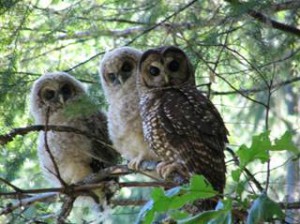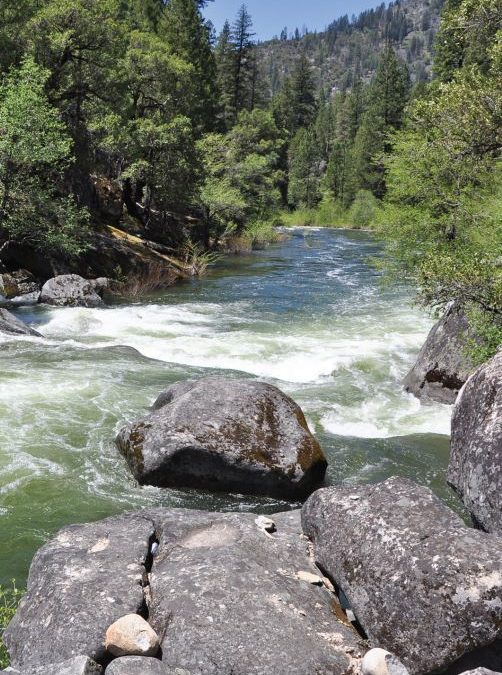


New Paper: Cover of tall trees best predicts California spotted owl habitat
Authors: Malcolm P. North; Jonathan T. Kanec; Van R. Kanec; Gregory P. Asnerd; William Berigane; Derek J. Churchillc; Scott Conway; R.J. Gutiérreze; Sean Jeronimoc; John Keanea; Alexander Koltunovf; Tina Markh; Monika Moskalc; Thomas Muntoni; Zachary Peerye; Carlos...
Little Hoover Commission Report on Forest Management
Study Description (read the full study here) For this study, the Little Hoover Commission reviewed the state’s forest management in response to the tree mortality crisis in the Sierra Nevada. The U.S. Department of Agriculture (USDA) reported in December 2017 that...
New Report: Natural Range of Variation for Yellow Pine and Mixed Conifer Forests in the Sierra Nevada
Dr. Hugh Safford’s recently published report

2017 Monitoring Symposium Highlights
This document contains highlights from the November 8, 2017 symposium. The intent of the symposium was to share knowledge and discuss ongoing monitoring and research work occurring within the ACCG footprint. See the full report here: ACCG MonSym Briefs11_05_17...
MOKELUMNE WATERSHED AVOIDED COST ANALYSIS: Why Sierra Fuel Treatments Make Economic Sense
This study was prepared by The Nature Conservancy, Sierra Nevada Conservancy, and the US Forest Service. The Sierra Nevada provides more than 60 percent of the developed water supply for California.
High-severity wildfire places this water supply at risk. The upper Mokelumne River watershed in
the central Sierra Nevada supplies drinking water to 1.3 million residents of the San Francisco Bay
Area and provides valuable goods and services, including but not limited to forest and agricultural
products, hydropower energy, recreation, wildlife habitat and carbon sequestration. Like other
Sierra Nevada and western watersheds, much of the Mokelumne watershed is at very high risk of
wildfire.